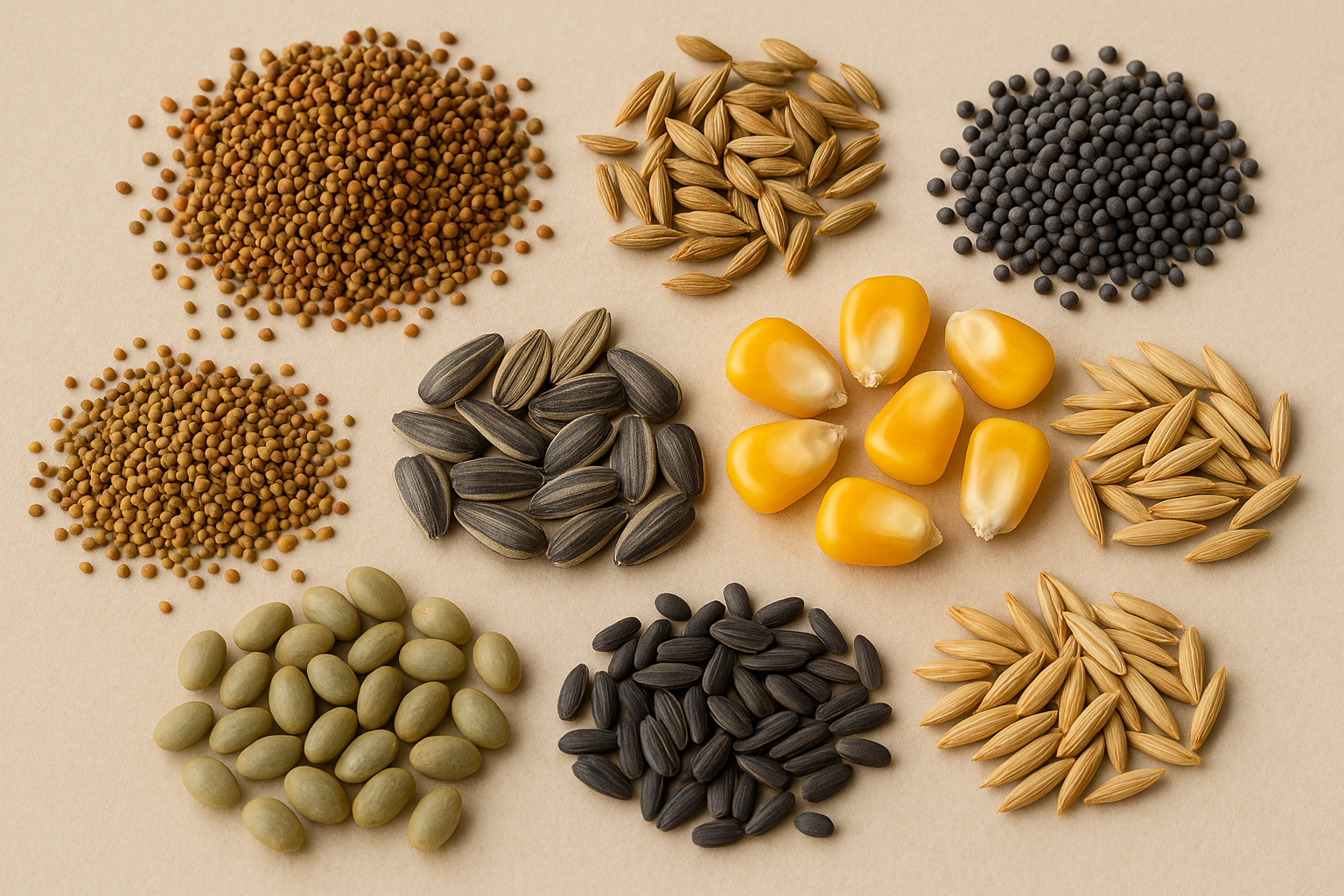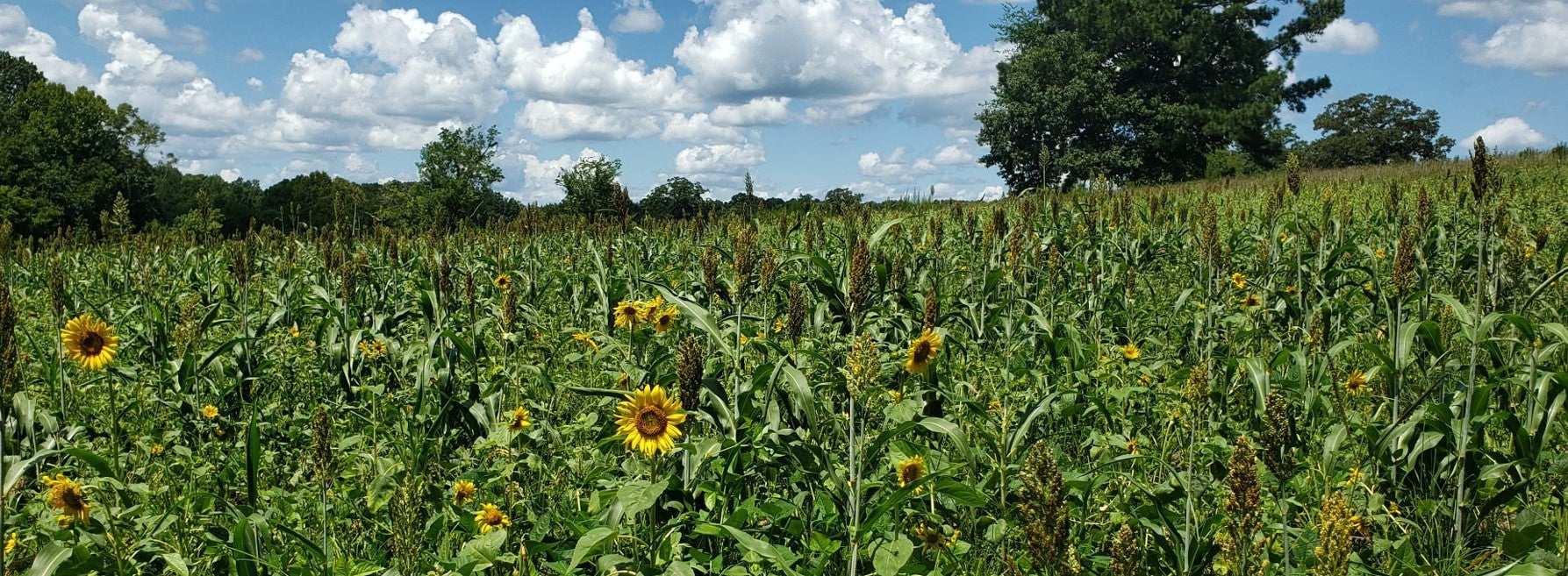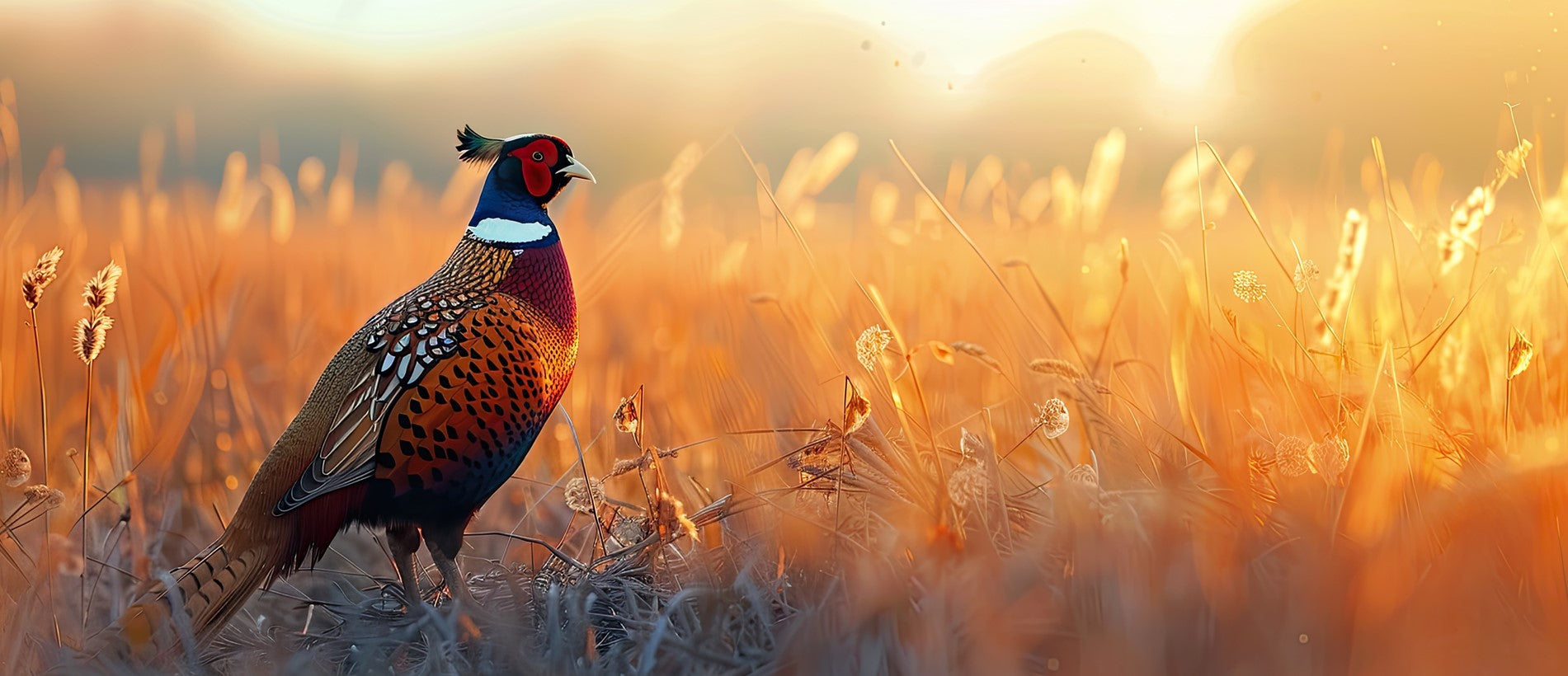How To Improve Your Supplemental Feeding Program - Part IV
How Many Feeders Are Necessary?
A recent study, by Marc Bartoskewitz and Dr. David Hewitt at Texas A&M University-Kingsville, answers this question better than any previous study. They examined supplemental feed use by free-ranging deer on three south Texas ranches with three different feeder densities. Feed provided at each ranch was laced with the biomarkers tetracycline during summer and chromium oxide during winter. The tetracycline permanently stained the teeth of deer that ate feed laced with this biomarker during summer. Jawbones were collected from all hunter-harvested deer on each ranch and examined under a microscope to determine if the teeth were stained, which determined whether or not the deer ate feed. Chromium is non-digestible so it passes through and can be identified in the feces of deer that ate this laced feed.
Ranch A used free-choice feeders at a density of one feeder per 845 acres. Ranch B used timed-release feeders at a density of one feeder per 1,000 acres. And Ranch C used timed-release feeders at a feeder density of one feeder per 405 acres. Intuitively, you would expect the ranch with the highest feeder density to have the highest percentage of harvested deer marked with the biomarkers. This was not the case. Ranch A, with an intermediate feeder density, had the highest percentage of marked deer, no doubt because free-choice feeders were used instead of timed-release feeders. Free-choice feeders make feed available 24 hours a day, instead of only at 2-3 times per day, as is the case with timed-release feeders.
Another alarming result of the above study was the low overall percentage of deer marked by the biomarkers. Only an average of 32% of the deer harvested on Ranch C, which had the highest feeder density (1 feeder/405 ac.), were marked. It should be obvious to everyone that a much higher feeder density is needed if your goal is to have a population-wide affect on your deer herd. I recommend a minimum of one feeder per 200 acres.
What Is The Best Feeder Type?
It should be obvious from the results of the study reported above, that free-choice feeders are the way to go when it comes to choosing a feeder type. The study above found that mature bucks dominate timed-release feeders to the point that consumption by younger bucks, does, and fawns is dramatically reduced. If the goal behind your feeding program is to increase fawn production and survival, you cannot afford not to use free-choice feeders. Free-choice feeders are also an absolute necessity if you wish to have a population-wide affect on your deer herd.
However, free-choice feeders are not the most efficient at dispensing feed. Edward Kozicky, a visiting scientist at Texas A&M University-Kingsville, conducted a controlled study on the King Ranch to determine which feeder type was most efficient at delivering protein pellets to deer. He tested five different feeder types, three of which were free-choice feeders and two were timed-release feeders.
Kozicky concluded that a trough-type feeder with a timer control was the most efficient because (1) pellets were retained in troughs reducing ground contamination, decreasing consumption by non-target species, and increasing consumption efficiency by deer; (2) deer could be trained to come to a time-controlled feeder during certain times of the day; and (3) the enclosed, time-controlled feeder reduced the amount of feed ruined by moisture because exposure was reduced from 24 hours per day to only a few hours.
What Is The Best Pen Design?
Unless you have taken extraordinary steps to eliminate feral hogs and javelinas from your ranch, you will have no option but to fence feeder sites with hog panels to exclude these two species from the feed. I prefer larger-sized feeder pens involving 10 or more hog panels. This is because the larger the feeder pen, the more comfortable deer will “feel” accessing the pen. Unfortunately, in an effort to save material costs, I have seen landowners make the mistake of making feeder pens too small. Later, when they discovered deer were not accessing their feeders, they were forced to come back and add panels. As a result, their costs were higher than they would have been if a larger pen had been built in the first place.
If you graze cattle on your ranch, a fence higher than the typical hog panel is often necessary. In fact, if you have cattle, I would build a higher fence around your feeder pens right from the start because once cattle learn they can jump a hog panel, you will not be able to keep them out. You will then have to replace all of the shorter hog panels with taller net wire fence. Obviously, when you have to build the same pen twice, your costs will be much higher.
The fence design I recommend where cattle are grazed and where feral hogs or javelina are also present, may seem extreme at first, but you should never have to come back to rebuild it. This design includes a circular-shaped interior pen made of hog panels. This interior fence will obviously keep feral hogs and javelina out but will still allow deer and cattle access to the feeder. In order to keep cattle out, I recommend a square-shaped four-foot net wire fence be built around the interior hog panel fence. This net wire should be hung high enough so that deer have easy access under the net wire. The feral hogs and javelina that can also get under the net wire will then be denied access because of the interior hog panels.
Circular-shaped feeder pens will save a little on costs because the length of the perimeter is shorter than square-shaped feeder pens of similar size. A circular-shaped pen may also reduce the chances of a subordinate buck getting pinned against the fence by a more dominant buck because there are no corners.
Unfortunately, fences of any type will reduce deer access to the feeders. A small percentage of older-aged bucks will refuse to jump a fence to access a feeder. A larger percentage of young bucks will not access fenced feeder sites because they are subordinate to the older-aged bucks that dominate feeder sites even when free-choice feeders are used. An even higher percentage of adult does will not access fenced feeders for this same reason. And fawns will almost never be found inside a fenced feeder pen.
What Is The Alternative?
The difficulty in getting supplement to fawns, adult does, and young bucks creates a big problem that needs to be addressed with future research. These three segments of the deer herd are the most critical to the future of that deer herd. Antler size can never be truly maximized until buck fawns and young bucks also receive unlimited nutrition.
So what can be done to improve access to feed? One alternative is to add whole cottonseed to your feeding program. Whole cottonseed does not require fencing to exclude feral hogs and javelina. Therefore, new feeder sites can be added by installing chicken wire cylinders at additional locations on your ranch. This will accomplish two goals. First, it further increases the density of your feeder sites, improving the distribution and access of feed to your deer herd. Second, it provides a nutritious supplement that does not have the deterrent of hog panels.
Another option is to select alternative sites where you distribute additional supplement in small, scattered piles. I recommend this approach versus placing the feed in non-fenced open troughs because the least dominant deer (your fawns) will still be excluded from these troughs as well. On the other hand, a 50-pound bag of feed can be scattered across 20 to 25 piles along the sendero giving even the least dominant deer full access to feed.
Obviously, this last option requires running the feed route every day or every other day to ensure feed is always present and available. Walk-in hog traps can be installed near these sites to keep feral hog populations in check.
Additional Feeder Pen Considerations
When and where possible, water should be made available at or near feeder pens. If your budget allows, water lines can be installed to feeder sites. This helps provide a permanent source of water available side-by-side with the feed. Anecdotal evidence indicates that the addition of water will increase feed consumption. If the supplement makes up a higher percentage of the diet as a result, it is likely antler size will be bigger as well.
Feeder sites should be located adjacent to security cover so that deer “feel” more secure accessing the site. Ideally, feeder sites should be cleared within stands of brush to ensure that security cover is available on all sides of the feeder pen. However, feeder pens also need to be located where you have all-weather access so that feeders can be cleaned and unclogged as soon after a rain as possible.
Look for Part V of this series on supplementation next week. The article will highlight many of the potential negatives to consider with regard to supplemental feeding.
Posted by Dr. Mickey W. Hellickson











Leave a comment